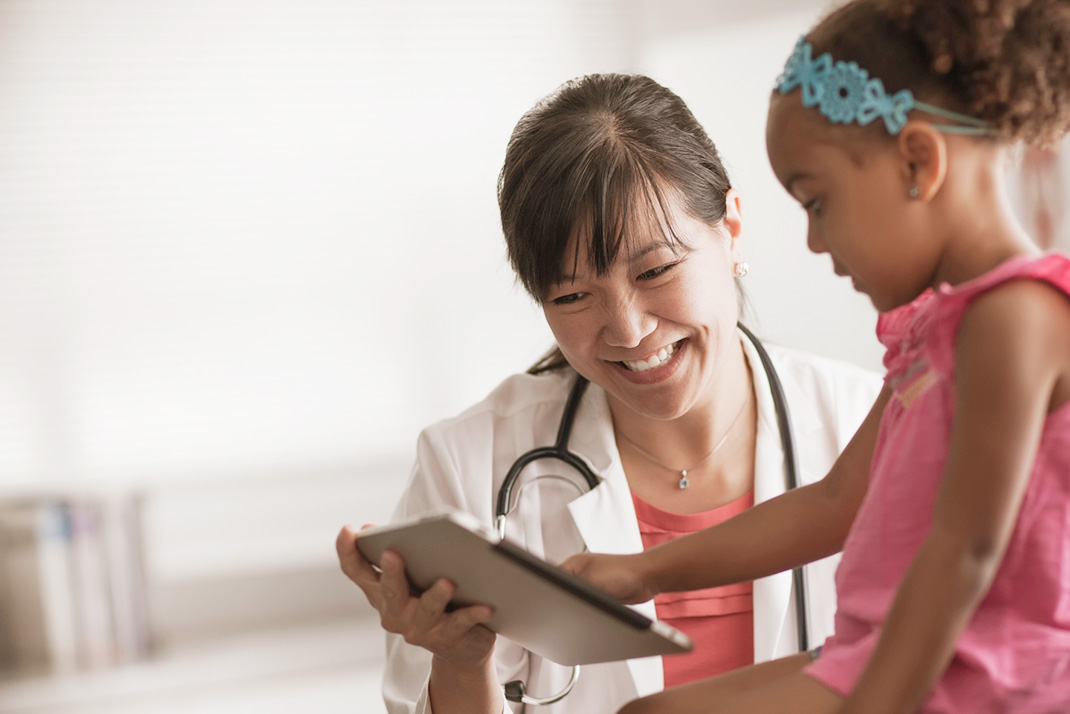How should humans coexist with AI? Pondering this question from an interpreting and translation perspective
Professor Kayoko Takeda(College of Intercultural Communication)
Feb 28, 2019
OVERVIEW
As the number of foreign nationals in Japan grows, demand for interpreting and translation between Japanese and other languages is rapidly rising. The number of foreign visitors to Japan set a record high of more than 30 million in 2018, and that of foreign nationals working here exceeded 1 million in 2016 for the first time. Amid these developments, cutting-edge technologies such as machine translation based on artificial intelligence (AI) are poised to bring sweeping changes to society. What kind of abilities do people need to benefit from AI advances? We asked Professor Kayoko Takeda of the College of Intercultural Communication about the use of AI in interpreting and translation.
How is the interpreting and translation environment changing?

Source : Ministry of Health, Labour and Welfare
Demand for community interpreters is expected to rise further in Japan, which has become a society in which people of many cultures coexist. It is, however, necessary to train community interpreters as professionals, rather than depending on volunteer interpreters. On the other hand, high hopes have been pinned on machine translation (MT) that uses AI. Such technology has become part of our daily lives.
Will AI’s advancement make interpreters and translators redundant?
MT has evolved from rule-based and statistics-based translation to neural-based, by using AI, resulting in rapidly improving performance. I don’t think AI will replace translators in handling literary works, which have subtle aesthetic aspects and nuances, or movie subtitles, which have various constraints such as number of characters, in the near future. However, I think usage of MT and post-editing (PE) will become standard for industrial translations that deal with technical and business documents. PE means people editing text translated by machines. Who should be doing PE is hotly debated among translation researchers and the industrial sector.
Making a machine do interpreting work is rather complicated. Automatic (machine) interpreting involves converting voice to text, which is then translated by MT and converted into speech of a different language. First of all, accurate voice recognition technology is required, but it is difficult to deal with accents, false starts, backtracking, repetitions and nonverbal communication such as gestures. Furthermore, Japanese has honorifics that can be tricky for machines to fully grasp. Interpreters usually choose suitable levels of politeness and wording while observing the relationship between people involved and other factors, but MT is not good at this task.
Automatic interpreting probably can handle short interactions such as placing an order at a restaurant or asking directions. But conversations featuring spontaneous and consecutive exchanges have many aspects that can be handled only by human interpreters, who have the language ability but also the capability to understand different cultures.
What “interpreting or translating literacy” is needed in this AI age?

An additional problem is who should be held accountable when MT makes an error, for instance, in medical or court settings, where people’s lives can be at stake. I am concerned that using technologies before such ethical issues are discussed fully could bring significant dangers.
It has been predicted that AI-based interpreting and translation will increasingly be part of our life in modern society, where multilingual cultures coexist. It is vital to wisely use MT, human translators or a combination of both, depending on the purpose of the communication. In a nutshell, basic knowledge in assigning suitable tasks to AI has become essential, as has fully understanding the benefits and risks associated with usage of AI-based interpreting and translation services. I explain the importance of gaining this “interpreting and translation literacy” to students in my class.
Professor Takeda’s three key points
2.Although AI’s advances are impressive, it can never fully replace professional interpreters.
3.“Interpreting and translation literacy” is required for using AI effectively.
RECENT TOPICS
Oct 17, 2025
MSDA Rikuzentakata Field Trip 2025
Master of Social Development and Administration (MSDA) Course
PROFILE
Kayoko Takeda(Department of Intercultural Communication, College of Intercultural Communication)
*This story’s content was accurate at the time of the interview.